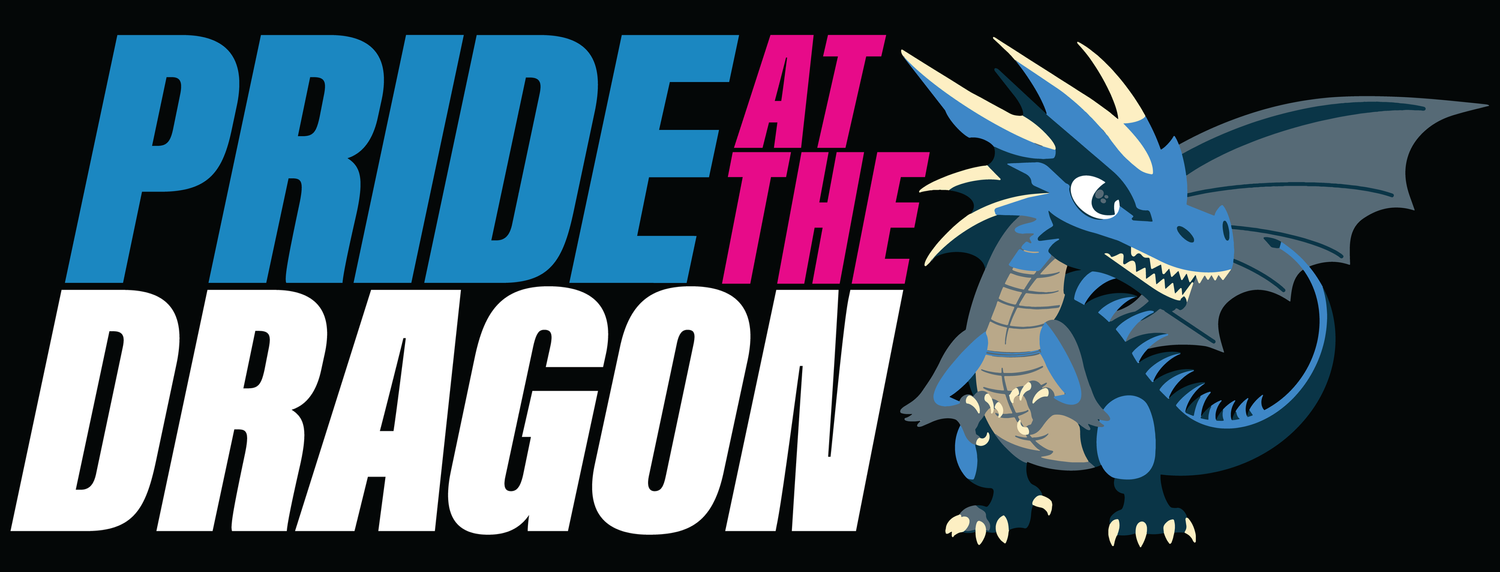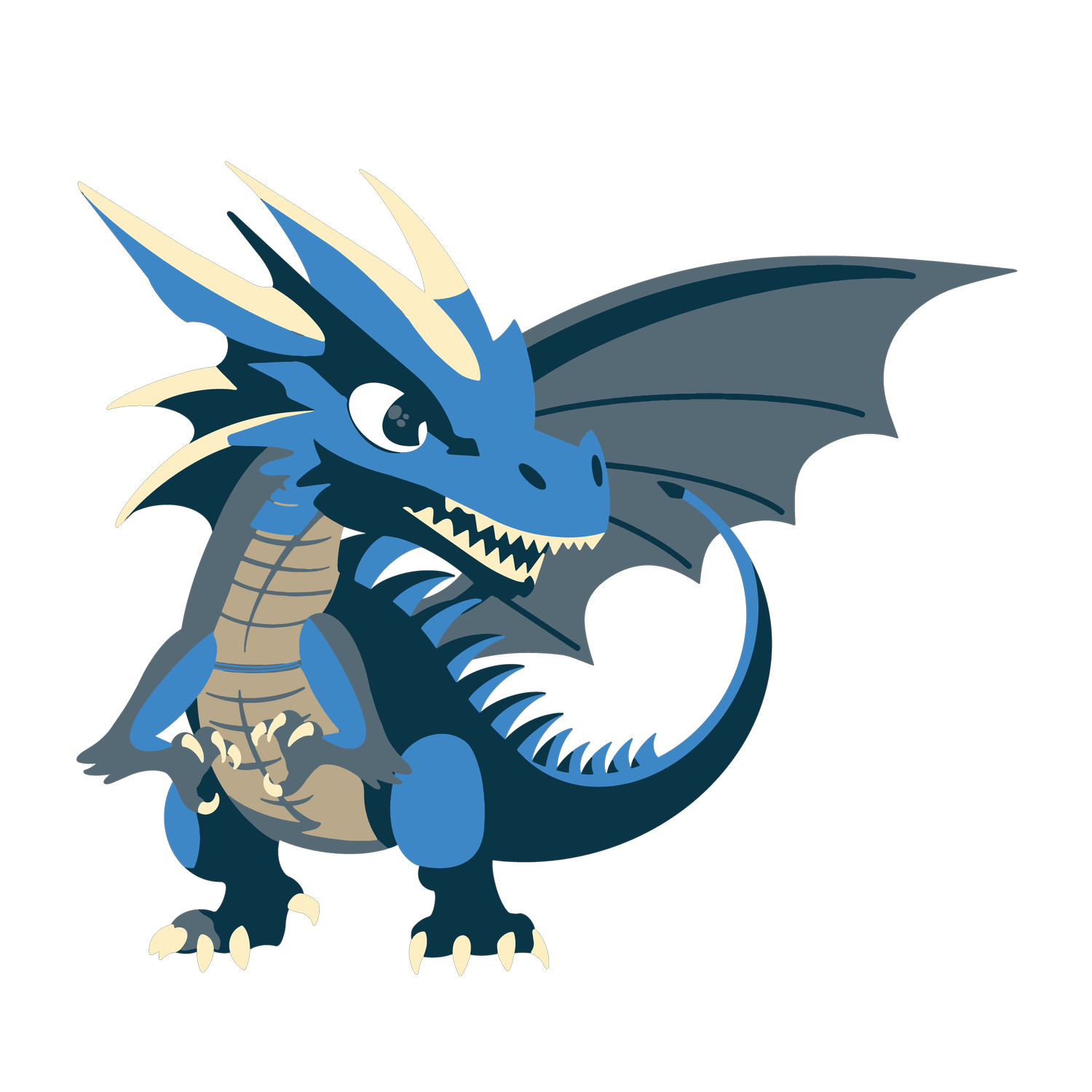basic radio guide
-
Because of the remote wilderness surrounding Fontana and The Tail, cell reception is almost nonexistent. Radios operate independently of cell service, making them the best way to communicate on drives, so expect their use at any PatD events, even not at the Tail.
In order to keep in touch during drives and open channels for emergencies or updates, we REQUIRE each participant carry a two-way radio with privacy codes.We use CTCSS privacy codes at PATD events.
If you have a consumer-level radio, you don’t need to worry about this. If your radio is programmable, please keep this in mind. We will not be able to help you program your radio to the correct frequency and privacy code.
The channel we use during PATD events is channel 5, privacy code 5.
-
While we don’t have an official recommendation or affiliated with any brand, you should look for a few basic things when buying:
Privacy Code Capability
Useable Range
Battery Life (Talk Time)
For reliable performance, stick with a mid-range Midland or Motorola radio that offers privacy codes, decent transmit power, and long battery life.
There are other radio manufacturers available, but their performance often falls short of Motorola and Midland radios, make sure to read several reviews before purchasing.
Examples:
Motorola T260 -
The BaoFeng UV-5R is ideal for hobbyists, offering plenty of power.
However, in 2018 the FCC reclassified the available radio bands under the GMRS (General Mobile Radio Service) band and Part 90 bands (Which requires a radio license).
In order to comply with regulations, this model comes locked from the factory and must be modified via a software tool on a computer.Attempting to modify this radio to operate outside of FCC regulations can lead to fines and other legal proceedings. Pride at the Dragon, LLC does not recommend modifying or changing these radios, and will not be held liable for any fines against users or attendees.
-
Two-way radios have a limited number of channels available based on the frequencies assigned by the FCC, so there is always a chance someone else may be using the same channel you are using. This is the reason for privacy codes.
Privacy codes are based on the CTCSS or DCS codes capability of two-way radios. A receiving radio that has a privacy code set will not unmute its speaker unless that code is sent along with a transmission.
We use CTCSS privacy codes at PATD events.
Our radio channel during PATD is 5, privacy code 5. So if a receiving radio is set to channel 5 and privacy code 5, the transmitting radio must be set to the same channel and code. This way you will be able to communicate between two radios without interference. You can also have a select group set to the same channel and code to effectively communicate with a group of users at the same time.
But, it should be understood that the privacy codes, as such, do not ensure the privacy of your conversation. If any unknown user tunes in to the same channel and code that you are using, he or she can listen to the conversation taking place. So, the privacy codes feature should be looked at more as an interference eliminator rather than a feature that provides privacy of conversation.
One of the downsides of privacy codes is that you could assume that since you do not hear any communication on your radio, the channel is not being used. Then when you press the Talk button on your radio and start talking, you will be talking over the person who is already transmitting. If this occurs all transmissions for all radios will be garbled. Most 2-way radios have a Monitor button that disables the privacy code feature while the button is pressed so you can hear if there is any activity on the channel before you transmit.
We use CTCSS privacy codes at PATD events.
If you have a consumer-level radio, you don’t need to worry about this. If your radio is programmable, please keep this in mind. We will not be able to help you program your radio to the correct frequency and privacy code. PATD events use channel 5, privacy code 5.

